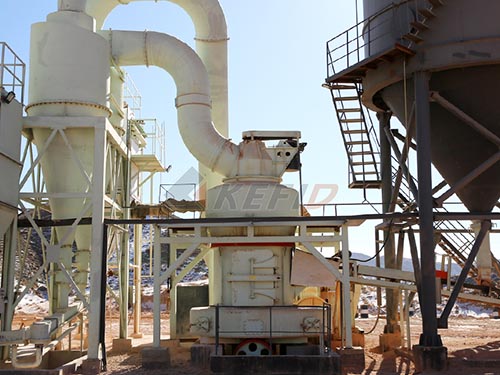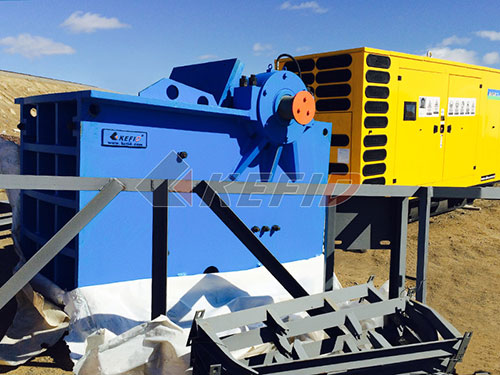The Essential Anatomy of Stone Crushers: A Deep Dive into Komponen Stone Crusher
Stone crushers are the indispensable workhorses of the aggregate production, mining, and construction industries. Their primary function – reducing large rocks into smaller gravels, sand-sized particles, or rock dust – is fundamental to creating the building blocks of infrastructure worldwide. While often perceived as monolithic machines roaring on quarry floors or construction sites, their effectiveness hinges entirely on the intricate interplay of numerous critical components – collectively known as Komponen Stone Crusher. Understanding these components is paramount not only for efficient operation but also for maximizing productivity, minimizing downtime through proactive maintenance, controlling operational costs over the machine’s lifespan, and ensuring site safety.

This comprehensive guide delves into the core komponen stone crusher, exploring their functions, variations based on crusher type (jaw crushers being fundamentally different from cone or impact crushers), common failure modes influenced by material abrasiveness and feed size distribution, material considerations crucial for longevity under harsh conditions like processing hard granite or abrasive river gravels – including manganese steel grades and specialized alloys – and their pivotal role within the entire crushing circuit encompassing feeders and screens.
1. Structural Frame & Base Components: The Foundation

Function: Provides structural integrity and rigidity to support all other components under immense operational stresses including vibration forces exceeding several Gs during operation and cyclic loading from thousands of tons processed daily.
Elements:
Main Frame: The robust backbone structure typically fabricated from heavy-duty steel plates welded together with precise reinforcement ribs designed using Finite Element Analysis software to withstand crushing forces that can reach hundreds of tons pressure per square inch without deformation.
Base Frame/Sub-Frame: Often incorporates vibration-dampening mounts made from specialized rubber compounds or spring systems specifically engineered to isolate ground-transmitted vibrations which could otherwise cause premature bearing failure in surrounding equipment.
Flywheels/Pulleys: Massive rotating masses mounted on eccentric shafts primarily serving two critical functions: storing kinetic energy during non-crushing phases of jaw/gyratory cycles ensuring smoother operation under peak loads; acting as drive pulleys transmitting power via multiple high-tension V-belts rated for heavy industrial applications.
Toggles/Toggle Plates/Seats: Found predominantly in jaw crushers where they serve as safety mechanisms designed as sacrificial elements that fail before major structural damage occurs during overload events like tramp metal entry; also crucial for adjusting discharge settings by controlling movable jaw position through hydraulic cylinders

Leave a Reply